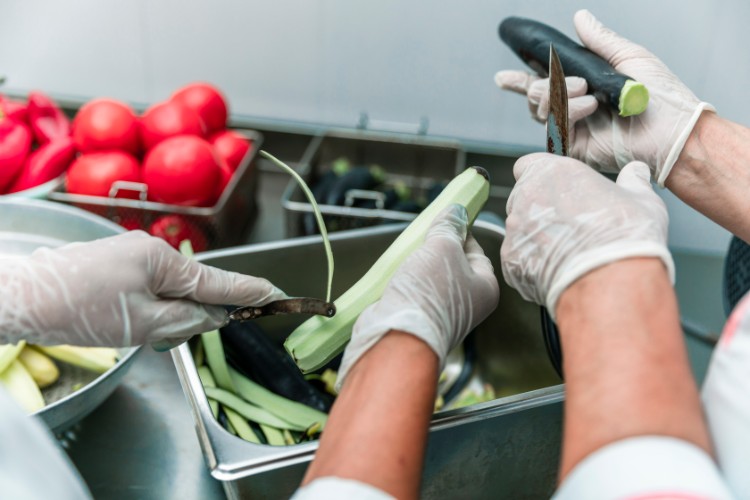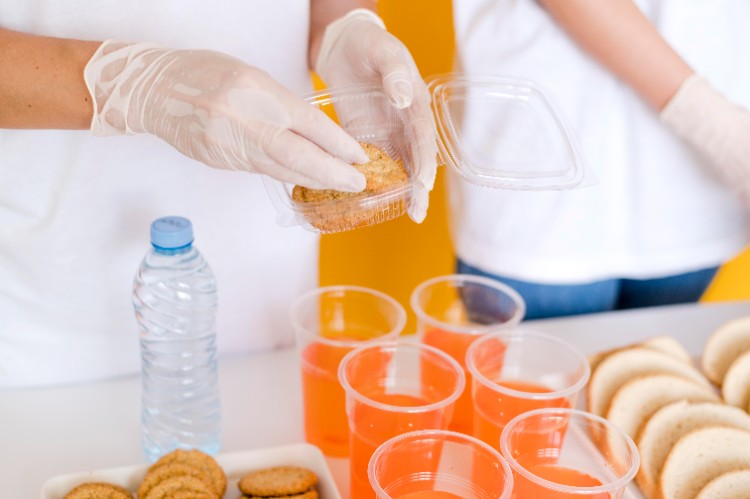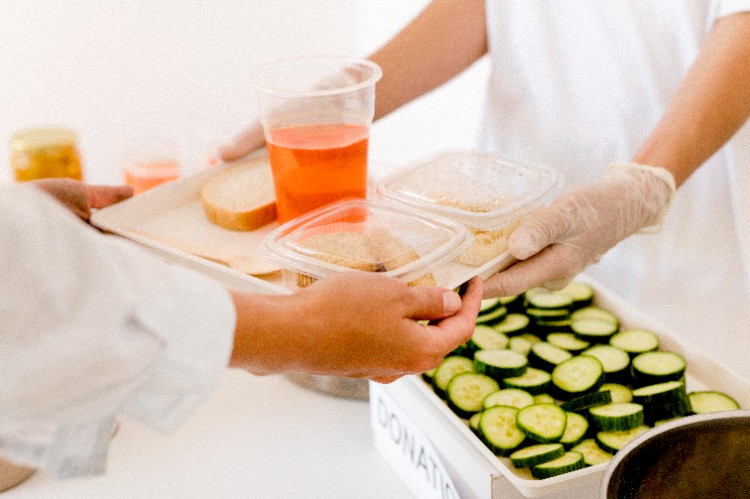How to Disinfect Food Packaging
Why Packaging Hygiene Matters in Processing Plants
In a food processing plant every package counts. Each box, bag, jar, or pouch becomes part of a long chain that must stay clean.
A single slip opens the door for germs. SARS CoV 2 reminded us how fast pathogens move. Bacteria, viruses, and mold do not care about production schedules. Food safety demands strict routines from our factory floor to the grocery store.

First Line of Defense: Hand Hygiene
Before touching the packaging, we start with ourselves. Our workers wash their hands with soap and water for at least 20 seconds.
If running water is not nearby hand sanitizer steps in. We repeat this throughout shifts. Gloves help but only if used correctly. Without washing hands gloves can spread germs just as fast.
Our Hand Hygiene Checklist
Wash your hands after breaks or restroom use.
Use sanitizer after touching door handles.
Change gloves between produce meat and dry goods.
Keep paper towels nearby for drying.
The Role of Food Contact Surfaces
Every food contact surface, from stainless steel conveyors to sorting tables, must shine. Germs stick to smooth metal easily. We spray hypochlorous acid daily across these areas.
Our HOCl Generator helps us create fresh solution on site. It remains food safe while killing bacteria. Workers wipe surfaces with disposable paper towels to prevent cross contamination.
Surface Care Steps
Remove visible dirt.
Spray with HOCl or diluted chlorine bleach.
Wait for full contact time.
Dry with towels or air dry.
Soap and Water for Simple Wins
In our plant soap and water handle more than hands. Plastic containers, glass jars, and sealed pouches get a gentle wash. We use a quart of water mixed with food safe detergent.
Workers dip clean cloths or paper towels in the mix. They wipe the packaging, then rinse with running water. This basic step removes dirt and many germs before disinfection.
Hypochlorous Acid in Industrial Use
We rely heavily on hypochlorous acid because it balances strength and safety. It kills germs without harming packaging materials.
Unlike chlorine bleach it leaves no strong odor. We mist pallets of produce meat packaging with HOCl. Workers also spray incoming cartons to reduce risk before they enter processing zones.
Why HOCl Fits Our Needs
Food safe even on fresh produce.
Created on site using our HOCl Generator.
Effective against viruses, including SARS-CoV-2.
Kinder to workers’ skin than harsh chemicals.

Chlorine Bleach for Heavy Duty Cleaning
Some jobs call for chlorine bleach. We use it when dealing with heavy contamination or during deep cleaning shifts.
Our safety rules remain strict. Workers dilute bleach to safe ratios and never mix it with other cleaners. Stainless steel drains, floors, and large bins benefit most. Once rinsed with running water the surfaces stand ready for fresh production.
Bleach Control Points
Measure exactly one tablespoon per quart of water.
Mark containers with clear labels.
Provide gloves, masks, and goggles.
Rinse surfaces thoroughly before food contact.
Disinfecting Wipes and Quick Fixes
Factories move fast. Sometimes disinfecting wipes save the day. They work for handheld scanners, door handles, and clipboards.
Wipes help when workers switch tasks quickly. While not a full replacement they fill gaps between soap water and HOCl sprays.
Produce and Meat Packaging in Focus
Fresh produce and raw meat require extra care. Their juices carry bacteria that survive on cardboard or plastic. We separate them from dry goods immediately.
Workers wash fruits and vegetables with running water before packing. Meat packaging receives hypochlorous acid sprays. Cross-contamination stands as our biggest enemy, so barriers stay in place.
Cross Contamination Prevention Steps
Separate produce, meat, and dairy zones.
Use color coded tools for each section.
Disinfect conveyor belts after each batch.
Train staff to never mix containers.
Storage Areas and Secondary Packaging
Once food packaging leaves production lines it moves to storage. We disinfect pallets, crates, and stainless steel shelving.
Forklift controls get hand sanitizer wipes after every shift. Even walls and floors matter since dust can hide germs. Hypochlorous acid mists cover wide zones without soaking cardboard.
Our Daily Routine for Packaging Safety
We created a rhythm that repeats every day. Workers know the pattern so it becomes second nature. We check each step off like a pilot before takeoff.
Our Routine
Wash your hands and wear clean gloves.
Disinfect packaging before entering clean zones.
Spray stainless steel and other surfaces with HOCl.
Wash fruits and vegetables before packing.
Use paper towels, not cloth, for drying.
Rinse tools and bins with soap and water.
The Unexpected Twist: Human Habits
Machines follow orders but humans get tired. We noticed germs spread fastest when workers rush. Forgetting to wash hands or skipping paper towels leads to mistakes.
To fix this we mix in humor and reminders. Posters show cartoon germs racing forklifts. Staff laugh but also remember. Engagement keeps safety alive.

Lessons from Grocery Stores
We watch how grocery stores handle packaging too. Their staff wipe carts, counters, and cash registers nonstop. We borrow their tricks.
Disinfecting wipes near entrances help workers and visitors. Shared equipment, like scanners or pens, gets sanitized often. A clean chain from factory to store to home builds trust.
Final Thoughts from Our Plant
Running a food factory means fighting germs every day. We cannot take shortcuts. How to disinfect food packaging becomes more than a home question.
It turns into a full scale system. From soap and water to hypochlorous acid to chlorine bleach every step matters. With training, humor, and strict routines, we keep food safe for families everywhere.
